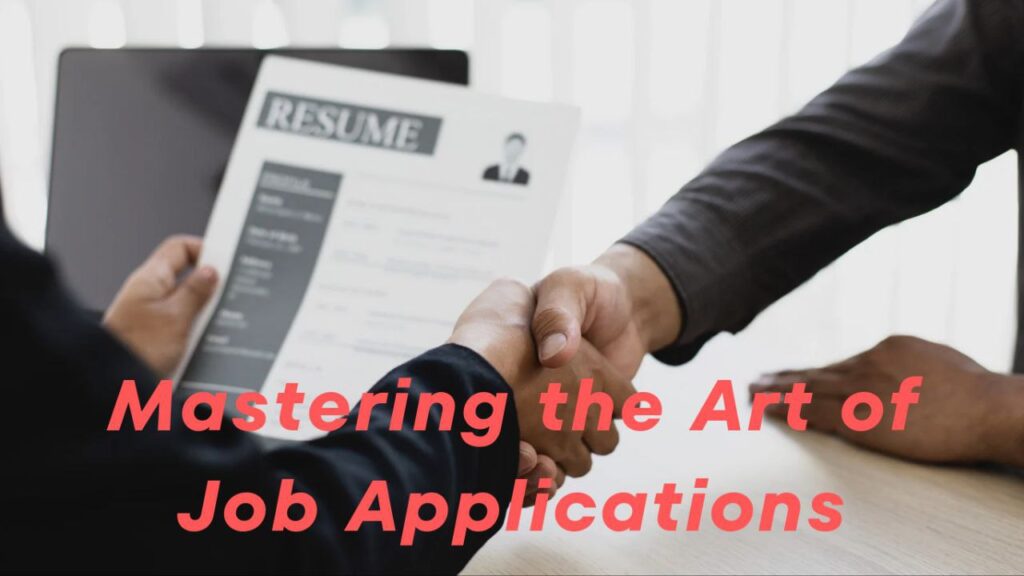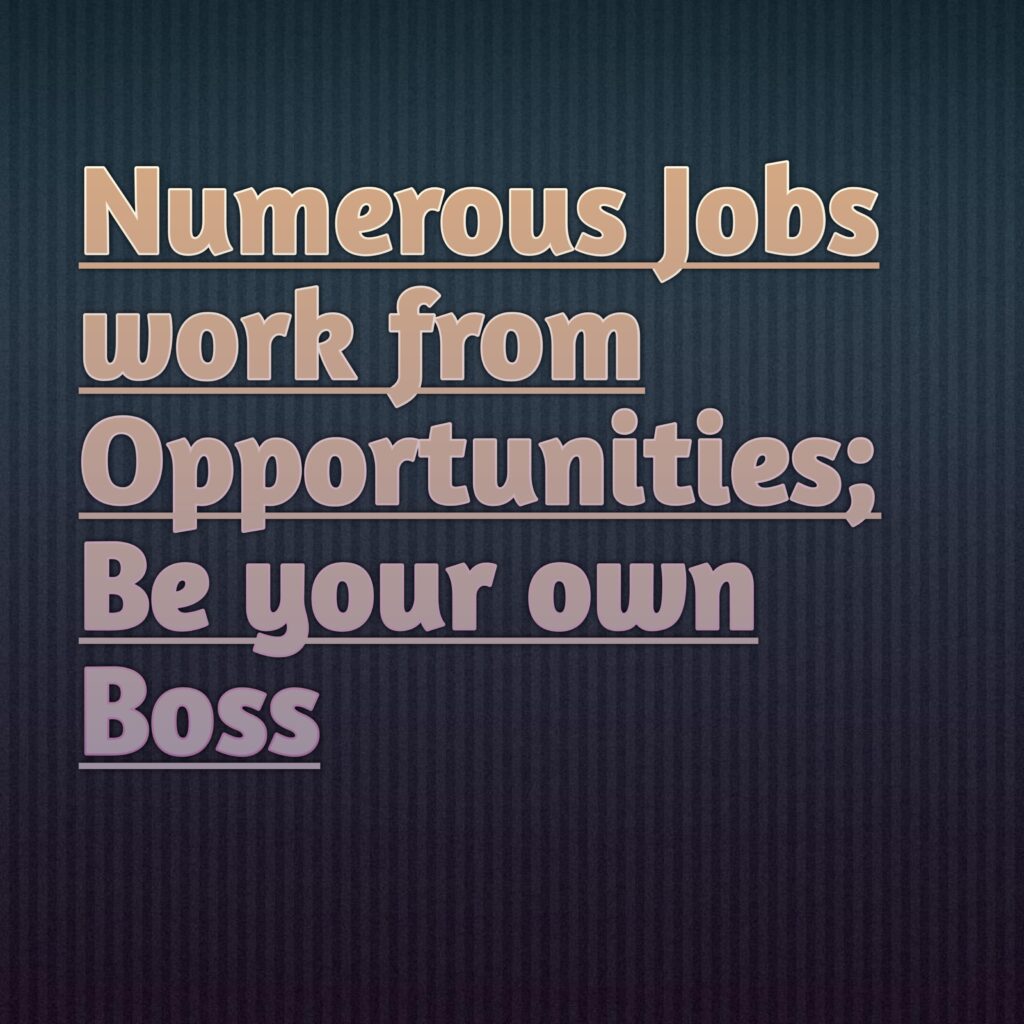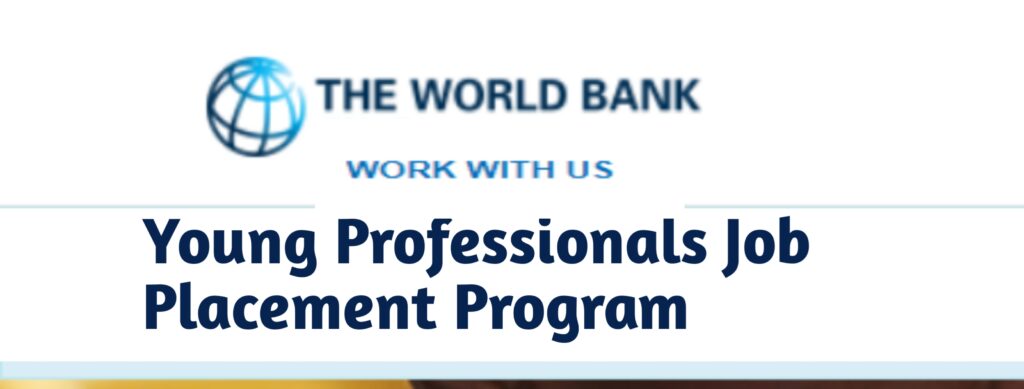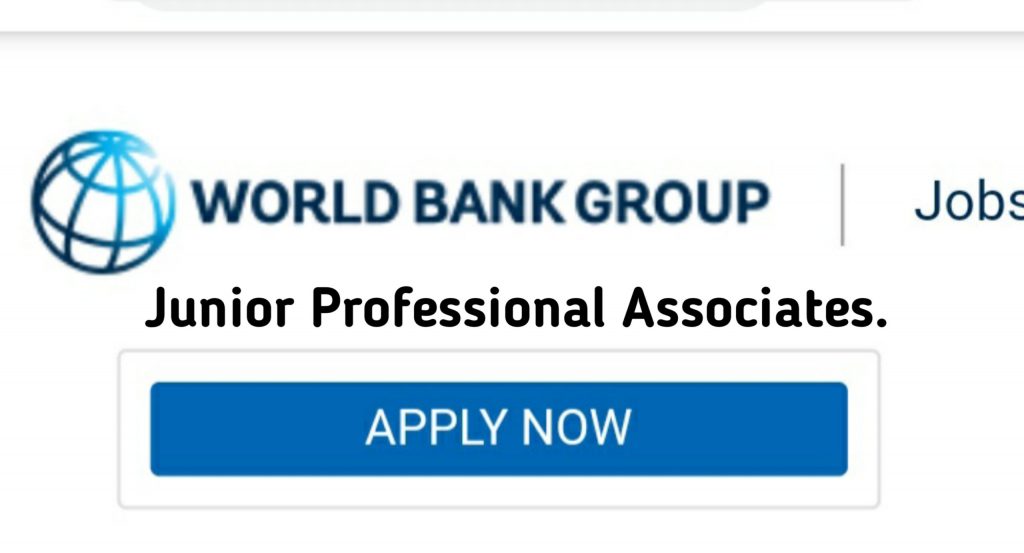
Table of Contents
Introduction to Mastering the Art of Job Applications
Job applications can be a daunting process, but with the right strategies and a clear plan, it becomes an opportunity to showcase your skills and experience to potential employers. In this comprehensive guide, we’ll walk you through the intricate world of job applications. From understanding the different stages of the application process to crafting compelling resumes, cover letters, and acing interviews, this article aims to empower job seekers to approach their job applications with confidence and expertise.
Understanding the Job Application Process
The job application process is a multifaceted journey that begins with introspection. Before applying for jobs, it’s vital to have a clear understanding of your career goals and aspirations. What are you looking to achieve in your career, and what type of job aligns with your long-term vision? Reflecting on these questions will help you create a strategic job search plan.
Research is the cornerstone of a successful job hunt. Beyond just scrolling through job boards, effective research entails understanding the companies you’re interested in. What is their mission and values? What is their reputation in the industry? How do they treat their employees? This knowledge not only helps you tailor your applications but also ensures you’re pursuing opportunities with organizations that resonate with your values.
Networking is often described as the hidden job market, and for a good reason. Building and maintaining professional relationships can open doors that job boards can’t. Attend industry events, join professional associations, and use LinkedIn to connect with professionals in your field. Networking is not just about seeking job leads; it’s about building mutually beneficial relationships that can provide valuable insights and support throughout your career.
Applying for jobs online is a common practice, but it can also be highly competitive. Tailoring your applications to each job posting is crucial. Customize your resume and cover letter to highlight the skills and experiences most relevant to the specific role. Use keywords from the job description to increase your chances of passing through Applicant Tracking Systems (ATS).
Building an Effective Job Search Strategy
Crafting a successful job search strategy requires a strategic approach. Start by defining your career goals and understanding your unique selling points. What makes you stand out as a candidate? This could be your education, experience, skills, or a combination of these factors. Once you’ve identified your strengths, you can create a personal brand that sets you apart from other applicants.
Leveraging social media platforms is a powerful strategy in today’s job market. LinkedIn, in particular, is a valuable tool for job seekers. Optimize your LinkedIn profile with a professional photo, a compelling headline, and a well-written summary that showcases your skills and career goals. Actively engage with your network by sharing relevant articles and participating in discussions. This not only helps you stay visible but also positions you as a knowledgeable industry professional.
Professional associations and industry groups can provide access to job leads and networking opportunities. Joining these organizations demonstrates your commitment to your field and can open doors to mentorship and collaboration. Attend conferences and seminars to meet potential employers and expand your network.
Informational interviews are a goldmine for job seekers. These meetings with professionals in your field allow you to gather insights about potential career paths and job opportunities. Approach these interviews with genuine curiosity and a willingness to learn. Don’t make it about asking for a job; instead, focus on building relationships and gathering valuable information.
Creating a Winning Resume for Job Applications
Your resume is your first impression on employers, and it needs to make a strong impact. Start by structuring your resume effectively. Begin with a concise and compelling professional summary that highlights your key qualifications and career objectives. Follow this with a section detailing your relevant skills and qualifications.
When it comes to your work experience, emphasize achievements rather than responsibilities. Use quantifiable results to showcase your contributions. For example, instead of saying you “managed a team,” state that you “led a team of 10 individuals, resulting in a 15% increase in productivity.”
Tailoring your resume to each job application is crucial. Study the job description carefully and align your qualifications with the specific requirements of the role. Highlight the skills and experiences that make you a perfect fit for that particular position.
Keywords are essential for passing through Applicant Tracking Systems (ATS). Identify keywords relevant to your industry and the specific job you’re applying for. Incorporate these keywords naturally into your resume, especially in your skills and qualifications section.
Crafting Persuasive Cover Letters
A well-crafted cover letter is your opportunity to introduce yourself and make a compelling case for why you’re the right fit for the job. Start with a strong opening that grabs the reader’s attention. This could be a personal anecdote, a surprising statistic, or a bold statement of your passion for the industry.
The body of your cover letter should focus on how your skills and experiences align with the job’s requirements. Avoid simply restating your resume; instead, delve into specific examples that demonstrate your qualifications. Use the STAR method (Situation, Task, Action, Result) to structure your examples. Explain the situation or challenge, describe the tasks you undertook, detail the actions you implemented, and highlight the positive results.
Show a deep understanding of the company and role by discussing how your values and goals align with theirs. Explain why you’re enthusiastic about working for the company and how you can contribute to their success.
Conclude your cover letter with a strong closing statement. Express your eagerness to further discuss your qualifications in an interview and thank the employer for considering your application. End with a professional sign-off.
Navigating Online Application Systems
Many employers use Applicant Tracking Systems (ATS) to manage the influx of resumes. To navigate these systems effectively, you need to understand how they work.
ATS systems scan resumes for keywords and phrases that match the job description. Therefore, it’s essential to tailor your resume for each job application, using keywords from the job posting. Be sure to include synonyms and related terms that are commonly used in your industry.
The formatting of your resume can also impact its performance in ATS. Stick to a clean and straightforward layout with standard fonts and avoid using headers or footers. Use standard section headings like “Work Experience” and “Education.”
It’s crucial to save and submit your resume in a format that ATS systems can read. PDFs are generally a safe choice, but double-check the employer’s preferences in the job posting.
Regularly review and update your LinkedIn profile, ensuring that it aligns with your resume. ATS systems may cross-reference your LinkedIn profile with your application.
Preparing for Interviews after Job Applications
Effective interview preparation goes beyond rehearsing answers to common questions. It involves thorough research and self-assessment.
Start by researching the company. Understand its mission, values, products or services, and recent news or developments. Familiarize yourself with the company culture by reading reviews on platforms like Glassdoor or speaking with current or former employees.
Review the job description and make a list of the skills and qualifications the employer is seeking. Reflect on your own experiences and achievements that align with these requirements.
Develop a list of questions you may be asked during the interview and practice your responses. Use the STAR method (Situation, Task, Action, Result) to structure your answers. Be ready to discuss your accomplishments, challenges you’ve overcome, and how you can contribute to the company’s success.
Prepare questions to ask the interviewer. Thoughtful questions demonstrate your interest in the role and the company. Avoid questions that can be easily answered through research.
Conduct mock interviews with a friend or career coach to practice your responses and receive feedback.
Acing Different Types of Interviews
Different interview formats require different approaches and strategies for success.
Phone interviews: In phone interviews, your voice and words are your only tools for conveying your qualifications. Practice speaking clearly and confidently. Choose a quiet location for the interview, free from distractions. Have a copy of your resume, the job description, and any notes you’ve prepared in front of you. Smile while you speak; it can help convey positivity.
Video interviews: Video interviews add a visual component to the conversation. Dress professionally, as you would for an in-person interview. Ensure your background is tidy and free from distractions. Maintain eye contact with the camera, not the screen, to create the impression of direct eye contact. Test your technology and internet connection well before the interview to avoid technical issues.
In-person interviews: In-person interviews allow for face-to-face interaction. Dress professionally, arrive on time, and bring multiple copies of your resume. Be prepared to answer questions about your resume, qualifications, and experiences. Practice good body language by maintaining eye contact, offering a firm handshake, and sitting up straight.
Panel interviews: Panel interviews involve multiple interviewers. Address each panel member individually when answering questions. Maintain eye contact with the person who asked the question, but periodically glance at the other interviewers to include them in the conversation.
Group interviews: In group interviews, you’ll be evaluated alongside other candidates. Stand out by actively participating while also respecting others’ contributions. Showcase your teamwork and leadership skills.
Conclusion
Mastering the art of job applications is a skill that can significantly impact your career trajectory. By understanding the process, building a targeted job search strategy, creating compelling job applications materials, and excelling in interviews, you can position yourself as a top candidate in a competitive job market. Remember that job applications are not just about finding any job, but finding the right job that aligns with your skills and career goals. So approach your job applications with diligence, patience, and a commitment to continuous improvement, and you’ll be well on your way to securing the job that’s right for you.
For more tips on job applications, visit this article by LinkedIn.
Also visit: Study in the UK with a Fully Funded Chevening Scholarship 2023: Apply Now!
The 2023 McGraw Fellowship for Business Journalism (Fully-funded)
A 9-Step Guide to Fellowships and Internships for Career Advancement – Unlocking Your Potential
Your Comprehensive Guide to Graduate Trainee Programs: Navigating Success in 2023
Batch B Access Bank Plc Entry Level Trainee Program 2023: Opportunity for Young Nigerian Graduates
Your Comprehensive Guide to Scholarships for Studying Abroad: 10 Steps to Securing Scholarships
Gates Cambridge Scholarship 2024 Fully Funded
UNCDEF Paid Graduate Internship 2024 (Remote Positions Available)







